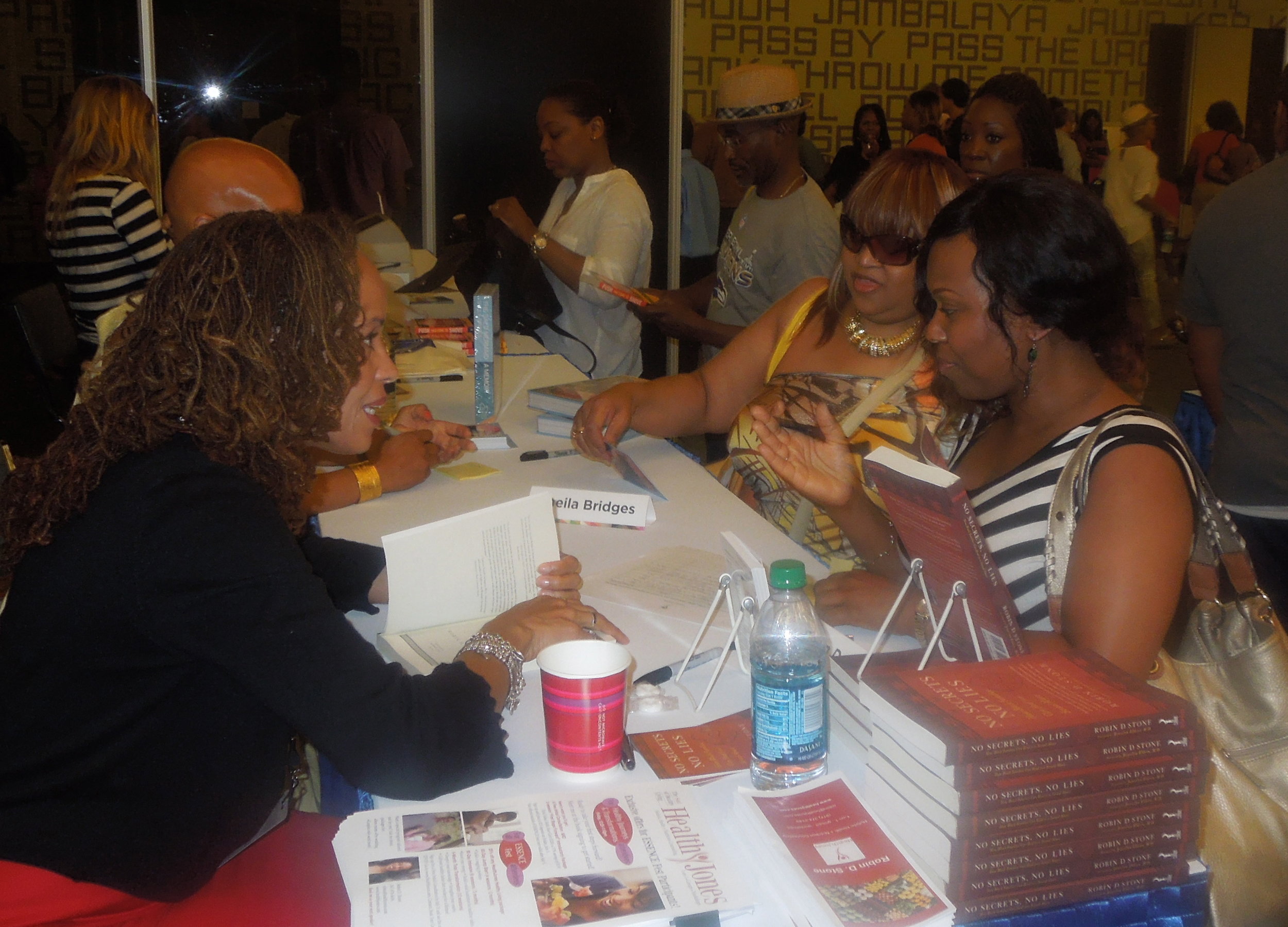'Language, for traditionally oral peoples, is not a specific human possession,
but is a property of the animate earth, in which we humans participate.'
David Abram, Becoming Animal: An Earthly Cosmology
On a bright, sunny Sunday, the crisper, cooler weather enticed my fiancé, Rodney, and me outside to play.
Last weekend we took to the trails at the Celery Farm nature preserve, a 107-acre freshwater wetland in Allendale, N.J. (he’s a New Jerseyan by way of Brooklyn, and the outing was his idea). We walked for an hour or so in the late summer sun, climbing observation towers and checking out the chipmunks and butterflies scurrying here and there, and the turtles, herons, and mallards hanging out on Lake Appert. We also took more than a few self-ies (or us-ies, depending on your perspective). And we stopped to listen
When was the last time you actually listened to a forest, or a meadow or a field? Listened to the trees shhh-shhhing? The crickets sceeting? The hawks cawing? The earth breathing? You have to be still to hear, and it’s worth being still because they have so much to say.
Yes, we boosted our vitamin D from time in the sun, we upped our heart rate by ambling over roots, twigs and stones; and we spent good time enjoying each other’s company.
We also connected with the universe. Being outside, surrounded by nature, makes me feel grateful to be alive, and humbled to be a small part of this never-ending cycle of birth, life, and death. It reminds me of how we humans are but bit players on this broad stage of species; in our absence the show definitely will go on. I appreciate my time here, my place in this space, and my fellow inhabitants, and I leave de-stressed, and with my head cleared of cobwebs of less important things.
As a city girl, I don’t venture outdoors enough. My idea of getting out usually is a walk along the Hudson River and a jog around my Harlem neighborhood track. That’s good, but it's not exactly connecting with the universe.
If doctors prescribed an escape to the park, to a trail, or even to a community garden, we’d all be better off for having stopped to listen and cultivate a closer, more meaningful relationship with nature, with the universe and with ourselves. Of the three, we humans stand to benefit most of all.
On our way back to his home, Rodney and I stopped at a farmer’s market to pick up ingredients for that night’s dinner (grilled chicken legs and thighs, summer corn salad, Greek salad and garlicky guacamole). As we headed to my home in the city later that night, I wondered what the herons and mallards were saying, and looked forward to returning to hear them again.

























